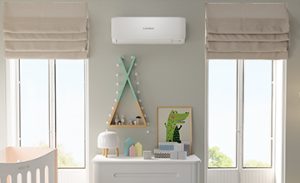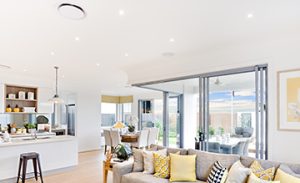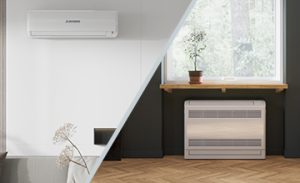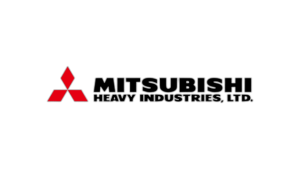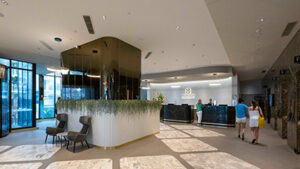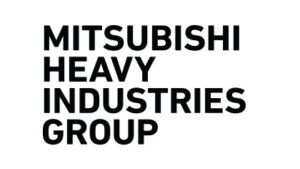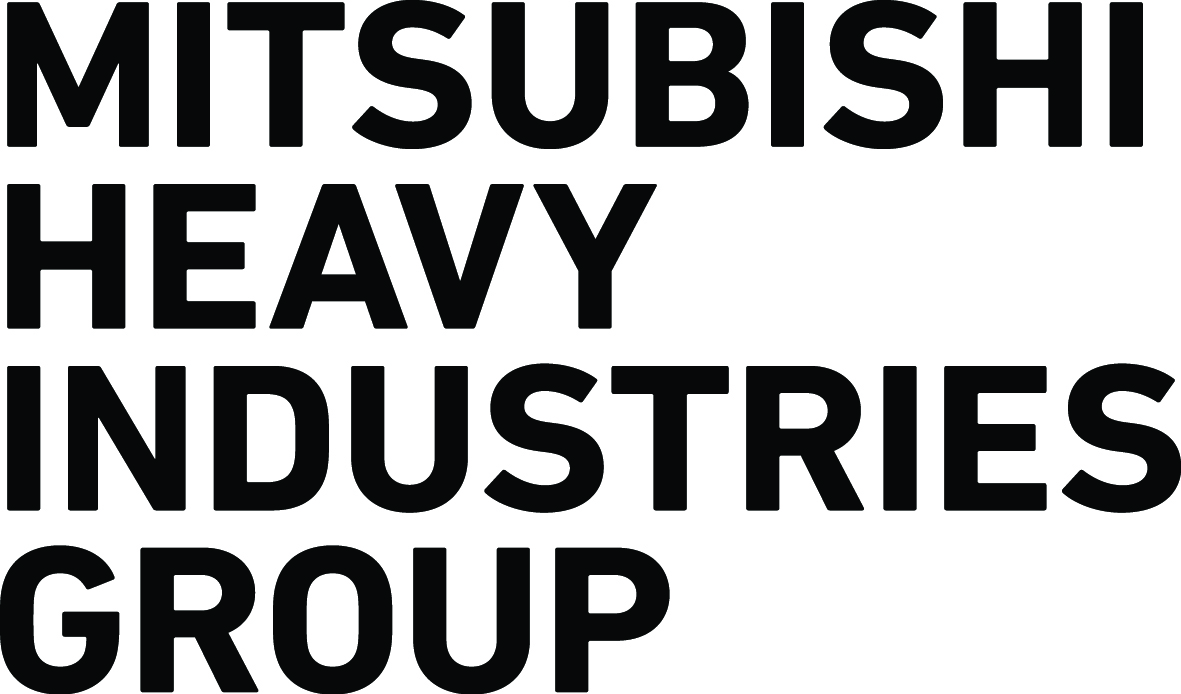Understanding Air Conditioning Jargon
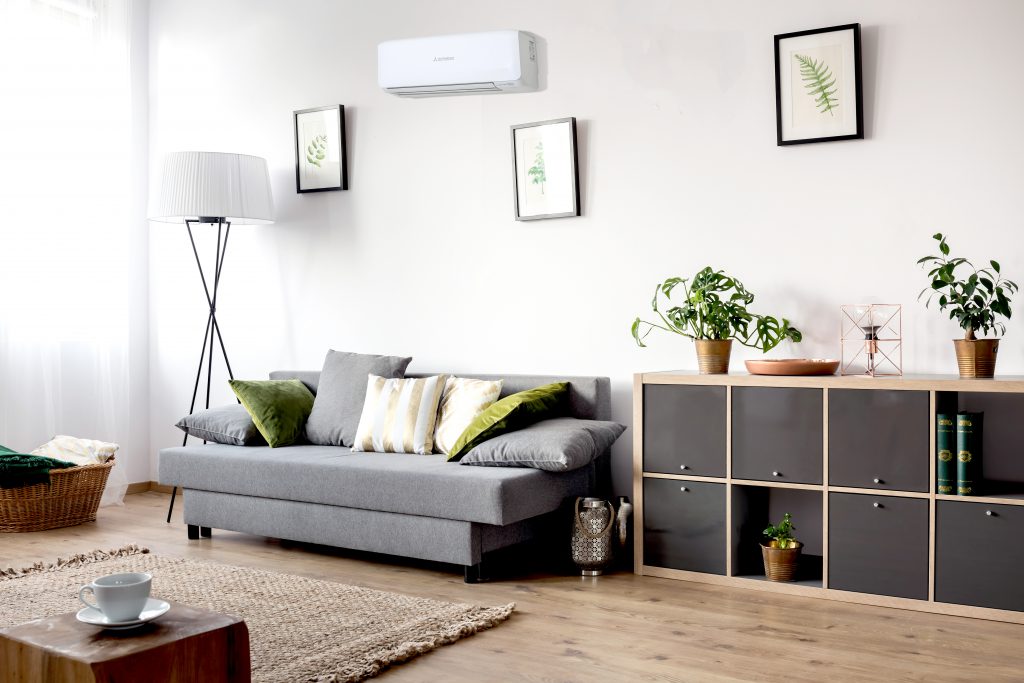
Nominal Capacity, Sound Pressure, EER & COP. Have you ever looked at an air conditioner brochure and wondered what all the jargon and numbers refer to? Fortunately, we’ve put together a handy guide that can help you understand the jargon and identify what system might be best for your home.
Nominal Capacity
Measured in Kilowatts (kW), this represents the average output capacity of the air-conditioner when used in either heating or cooling mode. The larger the capacity, the more cooling and heating power the system has.
Split systems with capacities ranging from 2.0kw to 6.0kW (such as our Avanti and Avanti PLUS series) are designed for smaller spaces such as bedrooms, studies and small loungerooms. Systems with capacities ranging from 6.3kw to 10.0 kW (such as our Bronte series) are more suited to larger rooms such as living areas, larger loungerooms, etc.
If you want to get a feel for what size might work best for your space, you can view our room sizing chart on page 4 in our split system brochure here. We do always recommend speaking to a local installer who can recommend the perfect sized unit for your space.
Power Source
This refers to the power requirements of each model air-conditioner.
All air-conditioners in Australia are either single or three phase. Almost all split systems that you’d find on the walls of Aussie homes (like our Avanti, Avanti PLUS or Bronte series) are single phase. Larger air-conditioners come in three phases as they require a higher and more stable voltage to heat/cool larger spaces.
Australia’s voltage standard is 240v for single phase (the same coming out of your home power points) while 380-415V are for three phases.
Aussie homes vary slightly between their power requirements so we always recommend speaking to a local licensed installer who can assess your electrical requirements and provide a product recommendation.
Power Consumption
Also measured in kW, this is the average power consumption of the air conditioner when used in either heating or cooling mode. The lower the power consumption, the less electricity it will use and the cheaper the air-conditioner will be to run!
Mitsubishi Heavy Industries air conditioners incorporate inverter technology, which modulates the compressor’s speed to maintain temperature while keeping power consumption to a minimum. This means they’re super-efficient and ultimately cheap to run!
Sound Power/Pressure Level
Measured in decibels (dB), this number represents the operating noise of the air-conditioner. The lower the decibels (dB), the quieter the noise. For reference, 30dB is considered a whisper while the sound of a hairdryer is usually around 90dB.
Thankfully, MHI air conditioners are some of the quietest on the market with both our Avanti and Avanti PLUS models ranging between 19dB and 22dB on low fan speed, making them truly ‘whisper quiet’.
Additionally, all Mitsubishi Heavy Industries split systems come with a Silent Operation feature which helps reduce noise even further!
EER & COP
EER – Stands for Energy Efficiency Ratio. This measures the cooling performance of the unit.
COP – Stands for Coefficient of Performance. This measures the heating performance of the unit.
Both represent the ratio of the cooling and heating kW to the electrical input kW. In simple terms, the higher the number, the more efficient it is!
MHI Air Conditioners have some of the most efficient split systems in Australia, with our 2.0kW Avanti PLUS’s achieving an EER and COP at 6.45 and 5.74 respectively. This means it operates at approx. 600% efficiency when in either cooling or heating mode!
Airflow
Measured in litres per second, this figure highlights the amount of air the air conditioner processes on different fan speeds. Larger split systems will typically have greater airflow, while the opposite is true for smaller split systems.
Our Bronte series of split system air conditioners incorporates advanced fan blade technology which allows it to deliver an industry leading long reach airflow of 18m+. This makes them perfect for larger spaces!
Energy Rating Label
If you’ve been to a retail or appliance store anytime in the last 10 years, you’ll be familiar with the energy rating labels and their star system. These labels provide important info around how energy efficient appliances (including air conditioners) are. The more stars, the more energy efficient. Simple, right?
The star ratings vary slightly depending on where you’re located as it takes into account factors such as average outdoor ambient temperature and what mode you’d likely use your system on most.
Refer below to an easy guide on rating labels. You’ll notice hot areas represented as white (Brisbane, Darwin), average is grey (Adelaide, Perth, Sydney) and cold is black (Canberra, Hobart, Melbourne).

Learn more about the updated Energy Rating Labels here.
Refrigerant
There are two types of refrigerants used in modern air-conditioners currently manufactured today. R410A and R32. All Mitsubishi Heavy Industries systems utilise R32 refrigerant. Not only is R32 more energy efficient (this helps our split systems delivery industry leading star ratings) it also boasts a lower GWP (Global Warming Potential) making it better for the environment that other alternatives.
While we hope this has helped in your search for the perfect air-conditioner, if you’d like to speak to a licensed installer, please leave some info in the form below and we’ll get an expert to get in touch and find the best solution for your home.
You might also be interested In




